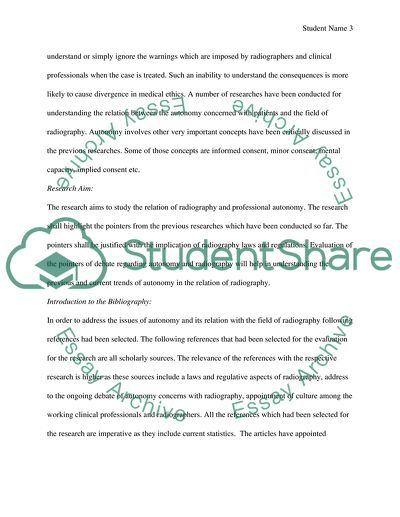Cite this document
(Qualitative Methods In Radiography Research Paper, n.d.)
Qualitative Methods In Radiography Research Paper. Retrieved from https://studentshare.org/medical-science/1741557-bibliography-and-critical-review
Qualitative Methods In Radiography Research Paper. Retrieved from https://studentshare.org/medical-science/1741557-bibliography-and-critical-review
(Qualitative Methods In Radiography Research Paper)
Qualitative Methods In Radiography Research Paper. https://studentshare.org/medical-science/1741557-bibliography-and-critical-review.
Qualitative Methods In Radiography Research Paper. https://studentshare.org/medical-science/1741557-bibliography-and-critical-review.
“Qualitative Methods In Radiography Research Paper”, n.d. https://studentshare.org/medical-science/1741557-bibliography-and-critical-review.


